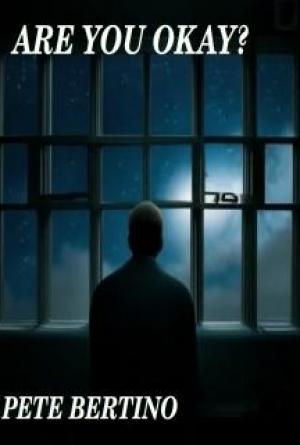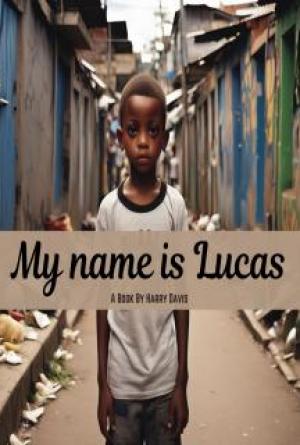EPILOGUE
Oona O’Brien had only been to Dublin once and that was fifty years ago, so she’d forgotten how busy it was, with thousands of people going about their business and the roads teeming with cars, buses and trucks. She had gone straight to St Patrick’s Cathedral, lit a candle and spent an hour, marvelling at the grandiose Victorian architecture and stained-glass windows, before kneeling down in The Lady Chapel, dedicated to The Blessed Virgin Mary and clasped her hands together. There, she said a prayer for Mary Keane.
She took a stroll around St Patrick’s Park and then walked two kilometres to Tara Street. The wee lassie on reception had been really nice, but regretted the Editor was unavailable and that a junior reporter would see to her if she cared to wait. The young man, when he eventually came, had been very polite and took the memory stick, suggesting she leave her name and address and phone number in case someone needed to contact her. She had tried to explain that would not be necessary; all the young man had to do was to give the Editor the memory stick and that would be that, but as he’d insisted, she’d given her name and her address at Drumloghan. There was no phone number they could ring.
After the fire and all the chats over cups of tea with those nice men from the Garda, she had only one task remaining. Hunched over her old PC in her wee cottage, it had taken three weeks to export all the reports and data from her computer to the memory stick, which now contained all the records from St Patrick’s and The Sisters from the time it was established in 1871. Every fallen woman and every novice who’d passed through the hands of The Sisters, where they’d come from and where they’d gone, together with hundreds of photographs of everyone associated with the Charity over the years. It also contained her life’s work; the transcription of the daily events at The Sisters compiled from all her records.
Thirty-five years, twenty-eight thousand pages, fourteen million words; her chronicle, a complete record of the daily activity at The Sisters. The morning roll calls, the work rotas, the meals taken, the punishment beatings, the prayer sessions, the pregnancies, the births, the adoptions, the illnesses and the deaths; the visits by its patrons, their names and occupations and the subscriptions designed to preserve their anonymity; the women they sponsored and who, out of supreme gratitude for their patrons’ kindness and generosity, serviced their basic human needs; the priests who kindly administered pastoral care to the women, similarly rewarded.
And finally, the electronic copy of Mary Keane’s diary, which her son Eammon Flynn had asked her to scan for him. “He was such a nice young man was Eamonn,” she’d told the reporter. “He would have made a wonderful Jesus.” But he hadn’t really understood and had been too busy to chat, so she’d just left it with him and bid him goodbye.
Now standing at the bus stop, she saw the number of the bus she wanted; a number she had seen twice already and knew didn’t stop. Oona O’Brien held onto her hat and recited for one last time the prayer she had said in The Lady Chapel for her sister, Mary Keane, and walked briskly across the road, oblivious to the shouts and screams of the horrified onlookers.







